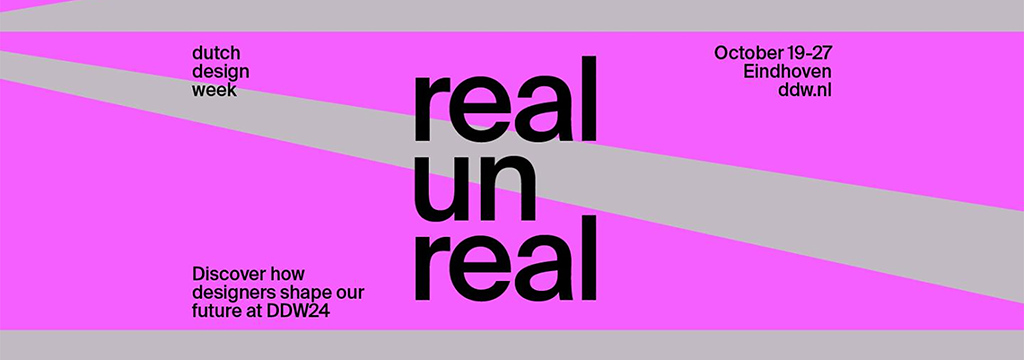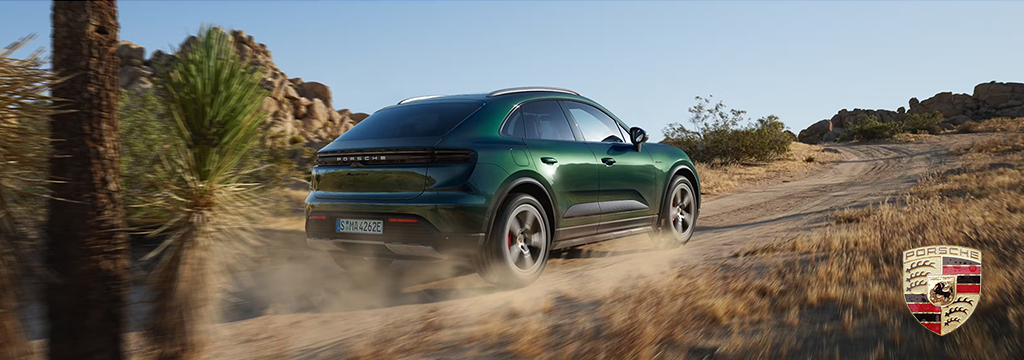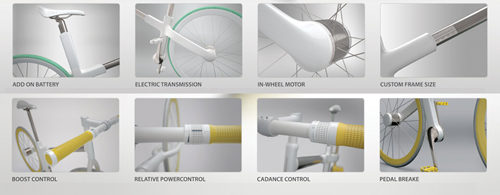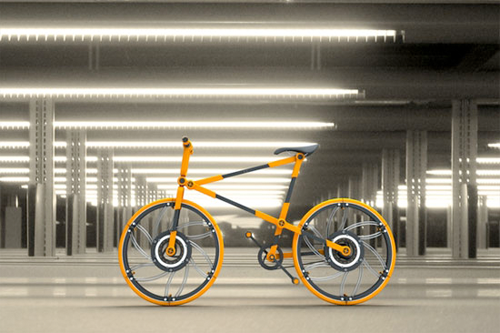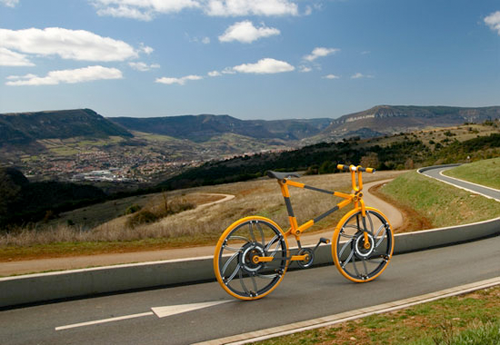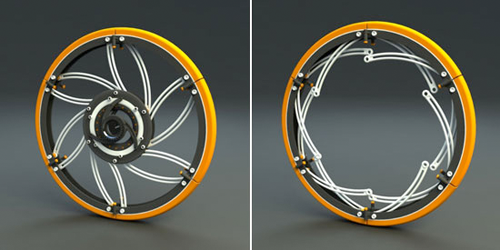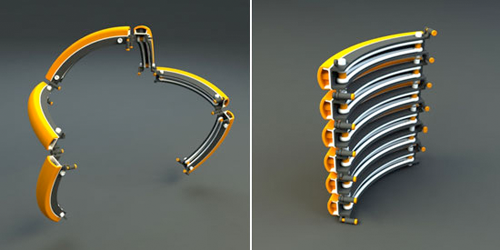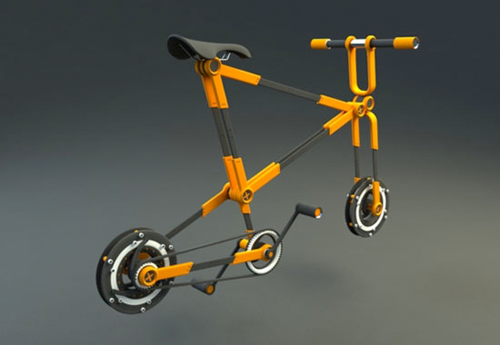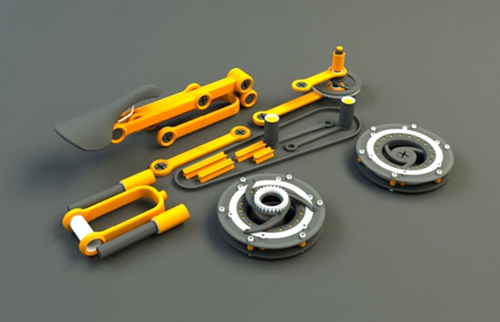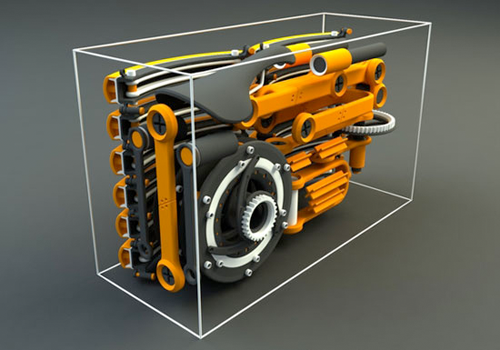Porta-bote.
This summer something caught my eye on top of a neighbor’s SUV. It looked like a lighter – than – air aircraft wing but found out it was a collapsable boat. It looks much better in vitro than in these photos.
Adding collapsability into the design criteria can be a bit of a challenge. Here is a product that is not new and because of it’s design is quite popular.
This is a Porta-Bote, a flexible V-hull craft. Its keel and concave “vee” section provide exceptional directional stability. The hull design means the Bote is more comfortable to ride in because the flexible polypropylene hull absorbs shocks and does not bounce like an inflatable or pound like a rigid boat. The flexible hull allows for easy, stable standing. The inside of the hull is rough-surfaced for traction, even when wet.
When you stand up, the hull flattens against the water’s surface with a suction effect adding to the stability. Because of the wide 5-foot beam, the boat is exceptionally stable even when fully loaded and planing at full speed. The same suction effect that allows you to stand up safely also keeps the boat solidly on the surface. It feels good to stand up and stretch, look out over the water and comfortably fly cast with no worries about the Bote tipping over.
The Porta-Bote Company says there over 50,000 Porta-Botes afloat around the world. Some are as old as 30 years and still floating. Porta-Botes attribute their durability to the unique design hinges and lightweight, flexible polypropylene hull. The hinges are waterproof and can take a stress of over 90,000 pounds per square inch. They are designed to take a beating.
The hull utilizes an ultra-violet filter and anti-oxidant for resistance to sun and saltwater damage. This hull material is used in Astro-Turf, car bumpers and highway signs. Porta-Bote’s “Flexi-Hull” flexes inward and absorbs wave energy and disperses its force.
The same flexibility allows the Bote to “give” safely when bumping against underwater obstacles. The Porta-Bote’s hull is almost �1/4 inch thick, thicker than an aluminum hull. It never needs painting and only requires an occasional wipe down the outside hull and hinges with a some vinyl-protectant.
The Porta-Bote can be used on ponds, lakes and rivers. It can be a fishing boat, a sailboat (with optional sail kit), a duck-hunting boat, a ship-to-shore dinghy or just a weekend family pleasure boat. It can easily be transported on top of most vehicles, RVs, seaplanes and yak. The British Royal Air Force Climbing & Rescue Team used it on their record setting climb up Mt. Everest. The team used the Porta-Bote at 20,000 feet to cross a glacier lake. Inflatables were too puncture-prone and unreliable while ordinary rigid boats were too heavy to carry up Everest.
It takes about 20 minutes to set up and 10 minutes to fold it back up at the end of the day. It is four inches thick when folded.
more info at porta-boat tackle tour
